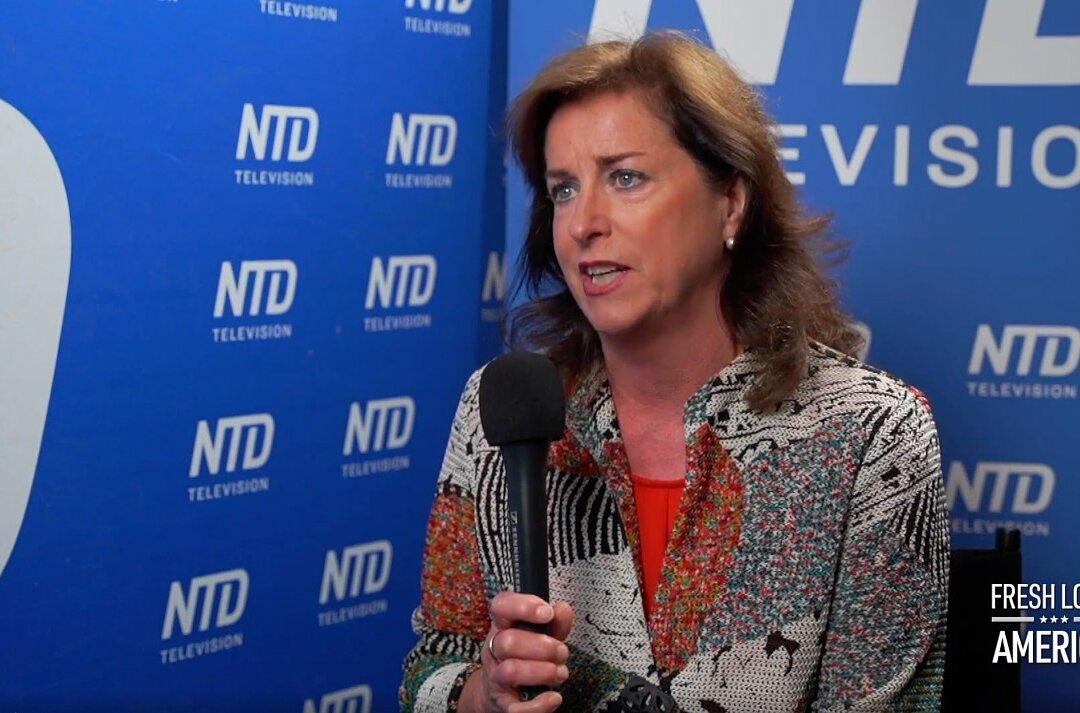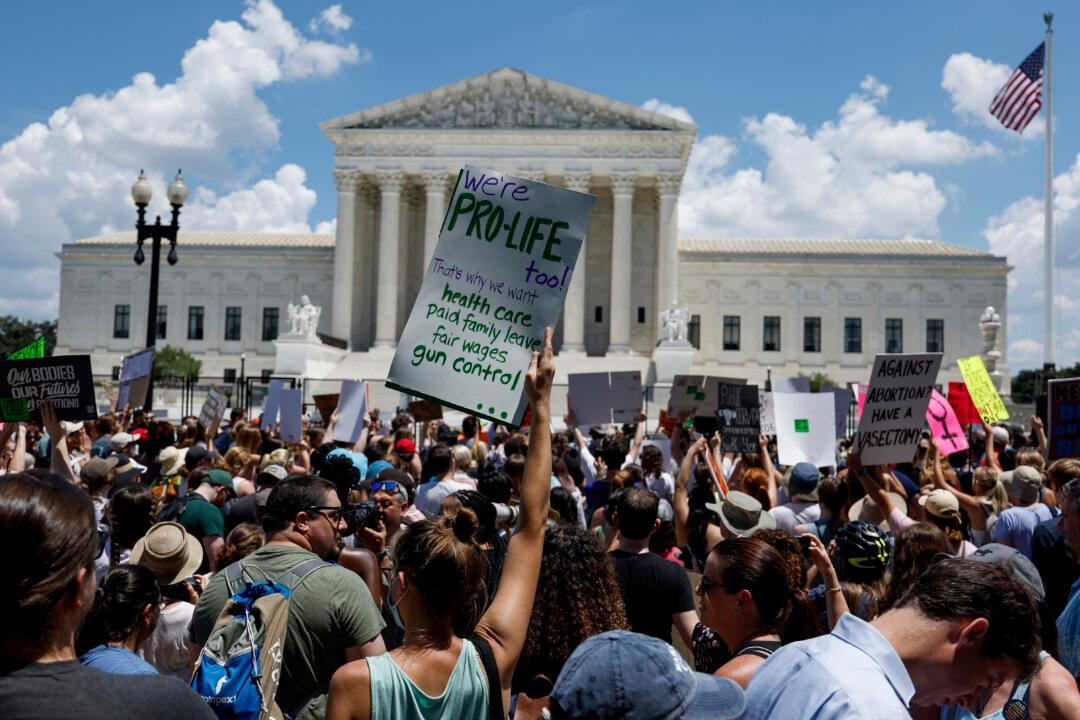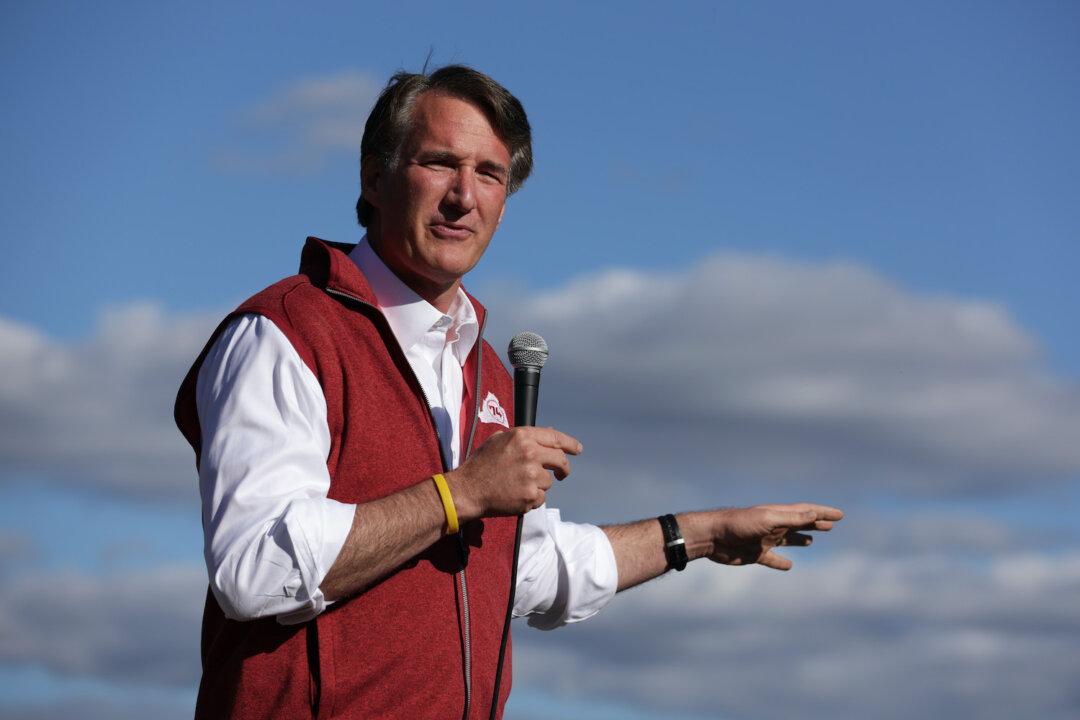Beyond Homelessness: Finding Hope, is a documentary about the national homelessness crisis and its possible solutions. Hosted by Mary Theroux, chairman and CEO of a California-based libertarian think tank, the film describes the growing homelessness problem in San Francisco and compares it with cities that have found large-scale solutions.
Theroux says the way to end homelessness is not the top-down government approach, but the traditional American way of an entire community working together.






